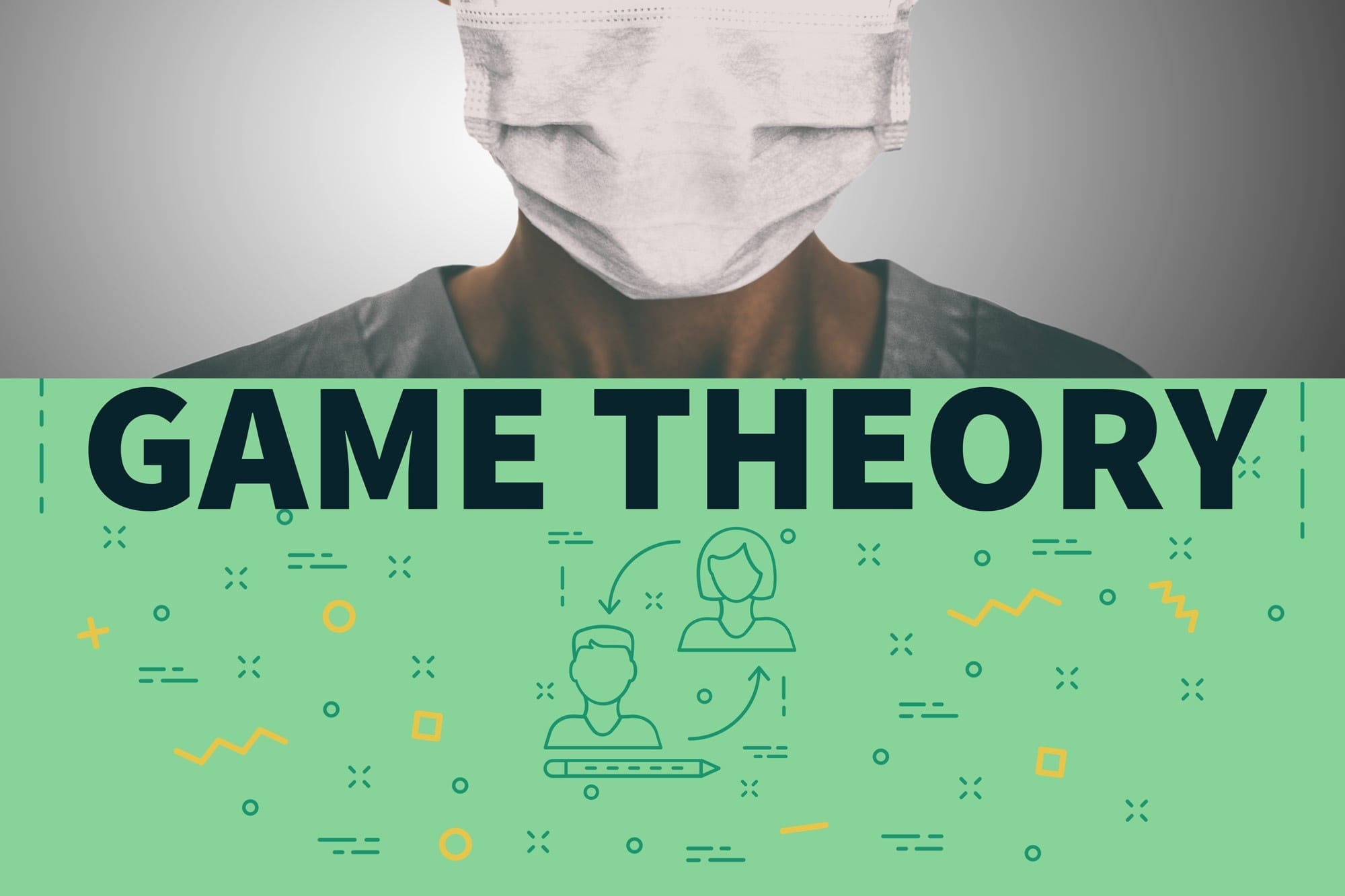RESEARCH TRIANGLE PARK, N.C. — A U.S. Army-funded project is identifying how officials at different levels of government can work together to encourage protective behaviors to prevent the spread of COVID-19.

This is the new goal of an existing game-theory project funded as part of a Multi-University Research Initiative by the Army Research Office, an element of the U.S. Army Combat Capabilities Development Command’s Army Research Laboratory.
Most of the literature in game theory examines individual behavior, but this project, led by the University of Michigan along with Harvard University, University of California Los Angeles, University of Southern California and Washington University, explores what happens when decisions are made at multiple scales, such as during the current COVID-19 pandemic, where decisions are made by individuals, local governments, state governments and nations.
The research team saw the applications of their work to the COVID-19 pandemic and pivoted their modeling.
“The global pandemic is the most salient threat we face at the moment,” said Dr. Purush Iyer, an ARO program manager. “While the U.S. Army’s interest in network games includes understanding the impact of the adversarial groups in a host population, electronic warfare, and distributed weapon systems, we fully support exploring the impact of measures to control the spread of disease.”
According to the researchers, when human behavior is competitive, people don’t use resources in the way that is most efficient for the community—as seen in behaviors like mask, sanitizer and toilet paper hoarding. But most decisions about how to behave aren’t entirely individualistic. People make them as part of a community, and are swayed both by leadership and the incentives and disincentives that leadership can offer—as well as altruism.
The team is exploring how to model compliance or lack of compliance regarding COVID-19 orders and recommendations in their game-theory framework. The protective behaviors include not going out, wearing a mask when going out, handwashing and sanitizer use when returning from being out.
The factors that may influence compliance often include the prevalence of COVID-19 in the local community, a person’s vulnerability or proximity to vulnerable individuals, and general awareness. But they may also be affected by the timing of the order and even the words and phrases chosen to give the justification and restrictions. This aspect of the analysis will allow the team to then investigate community-wide behavior as a result of high-level policies.
The team plans to connect behaviors identified from such data with COVID-19 case data to discover which restrictions and recommendations are most effective.
“We’re also interested in understanding what additional mechanisms or policies could be introduced to make the overall system more efficient—for instance, enabling more collaboration among communities rather than competition,” said Mingyan Liu, leader of the project and the Peter and Evelyn Fuss Chair of Electrical and Computer Engineering at the University of Michigan.
Liu cited the way that states are currently fighting one another for federal supply of medical equipment even as some come together on a plan to begin re-opening the economy.
For now, the team is best equipped to model strategic decisions associated with social distancing at the individual and community levels, but they have plans to include economic concerns as well. The state that is able to remain open because its neighbors are closed is a free rider in the sense of limiting virus spread, but it may also play an important economic role in manufacturing and distribution, helping to head off shortages.
The researchers presented the work at a recent Call to Arms virtual conference from the National Science Foundation’s Networking Technology Systems group.

